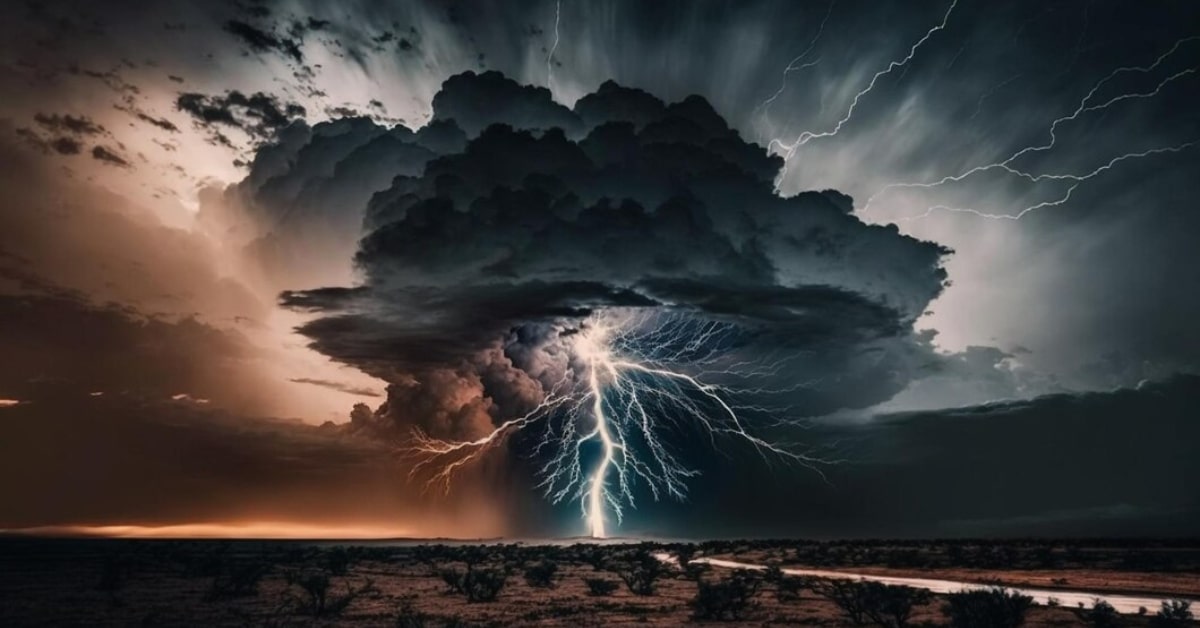Storm photography offers a thrilling opportunity to capture the raw power and beauty of nature in its most dramatic form. From ominous clouds to lightning strikes, storms provide photographers with a wealth of visual opportunities. In this article, we’ll explore the art and techniques of storm photography, from essential gear to safety tips for capturing stunning images while staying out of harm’s way.
Understanding Storm Photography
Storm photography involves capturing the dynamic and ever-changing weather conditions associated with storms, including thunderstorms, hurricanes, and tornadoes. It requires both technical skill and creative vision to convey the intensity and majesty of these natural phenomena through the lens.
Essential Gear for Storm Photography
- Weather-Sealed Camera: A weather-sealed camera body protects against rain, wind, and dust, allowing you to continue shooting in adverse conditions without risking damage to your gear.
- Wide-Angle Lens: A wide-angle lens is essential for capturing expansive landscapes and dramatic cloud formations during storms. Look for a lens with a fast aperture for low-light conditions and a sturdy build to withstand the elements.
- Tripod: A sturdy tripod is essential for stabilizing your camera and keeping it steady during long exposures. Choose a tripod with adjustable legs and a ball head for maximum versatility and stability in windy conditions.
- Remote Shutter Release: Using a remote shutter release or intervalometer allows you to trigger your camera without touching it, minimizing camera shake and ensuring sharp images, especially during long exposures.
Safety Tips for Storm Photography
- Stay Informed: Monitor weather forecasts and alerts to stay informed about approaching storms and potential hazards. Always prioritize your safety and avoid putting yourself in harm’s way for the sake of a photograph.
- Seek Shelter: When photographing storms, seek shelter in a sturdy building or vehicle if conditions become dangerous. Never attempt to photograph storms from exposed or vulnerable locations, such as open fields or coastlines.
- Respect Lightning: Lightning poses a significant risk to photographers during storms. Avoid tall objects, open spaces, and bodies of water, and never use metal tripods or umbrellas during lightning storms.
- Protect Your Gear: Use protective gear such as rain covers and lens hoods to shield your camera and lens from rain, wind, and debris. Carry a microfiber cloth for quickly wiping away water droplets from your lens between shots.
FAQs
Can I photograph storms with a smartphone?
While smartphones can capture basic storm images, dedicated cameras with manual controls and weather sealing are better suited for storm photography, especially in challenging conditions.
How can I capture lightning in my storm photos?
Use a long exposure technique to capture lightning strikes, set your camera to bulb mode, and use a remote shutter release to open the shutter manually.
Is it safe to photograph storms from a distance?
Yes, photographing storms from a safe distance is recommended to avoid potential hazards such as lightning, strong winds, and flying debris. Use a telephoto lens to capture distant storms safely.
Are there any specific settings I should use for storm photography?
Start with a moderate aperture (around f/8 to f/16) for sharpness throughout the frame, a low ISO for optimal image quality, and adjust your shutter speed based on the desired effect.
Conclusion
Storm photography offers a thrilling opportunity to capture the awe-inspiring beauty and power of nature’s most dramatic moments. By understanding the essential gear, safety tips, and techniques for capturing compelling storm images, photographers can create stunning visual narratives that convey the intensity and majesty of these natural phenomena. Whether photographing ominous clouds, lightning strikes, or turbulent seas, storm photography invites us to witness the dynamic forces of the natural world and marvel at its breathtaking spectacle.
This page was last edited on 29 February 2024, at 9:19 am
